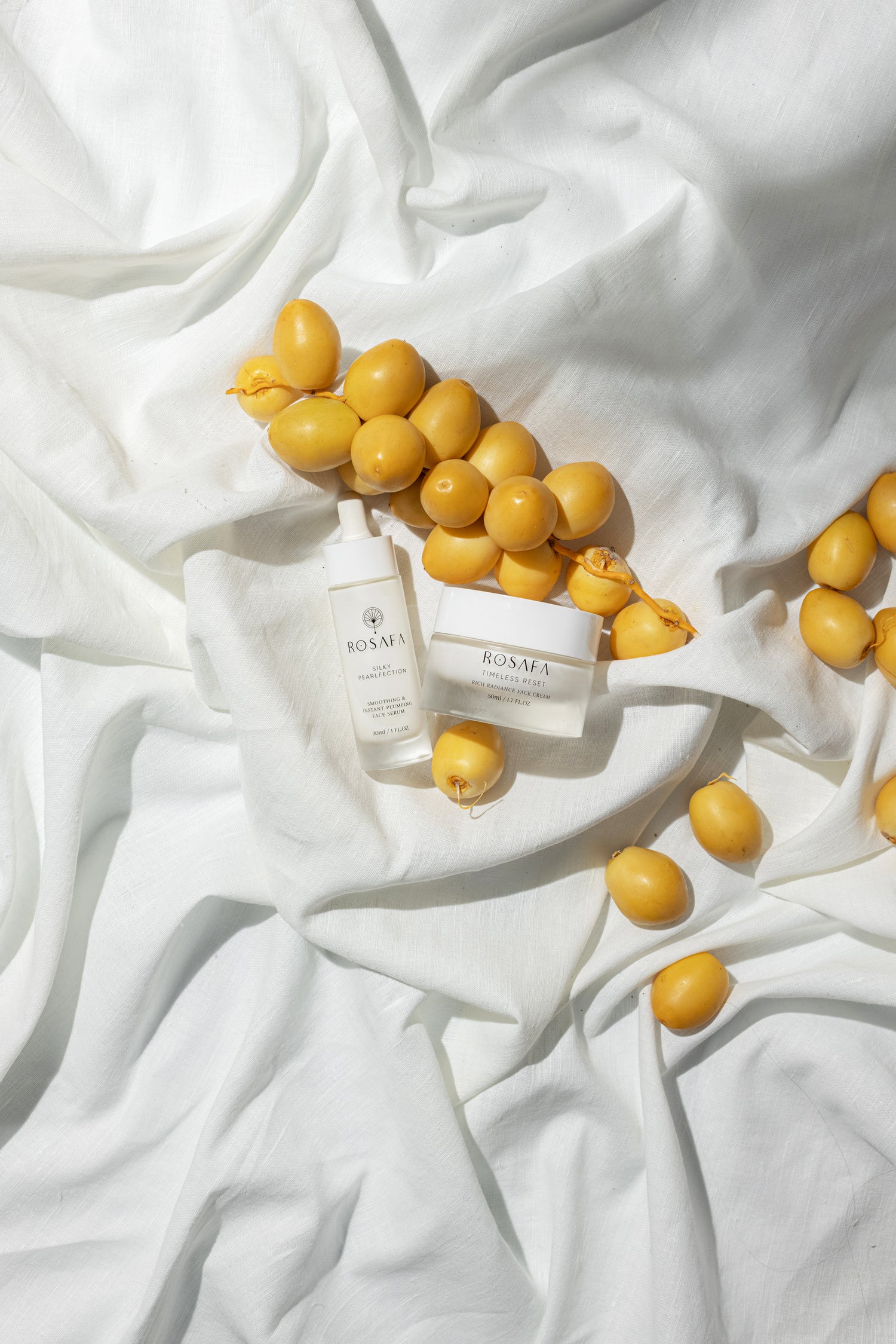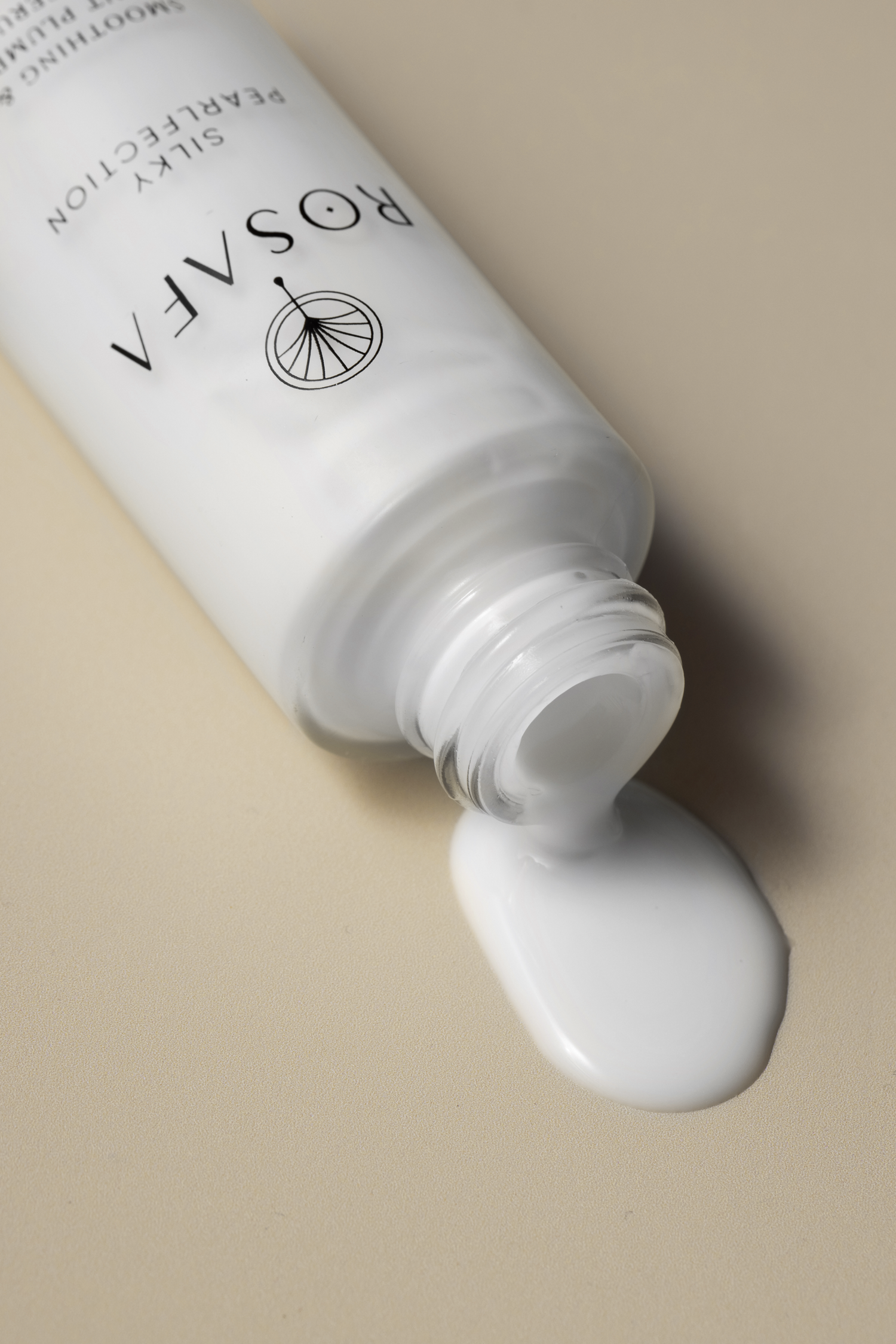
The Almighty Date Fruit
The date palm tree (Phoenix dactylifera) is one of the oldest, if not the oldest, ancient crops. Date palms thrived 50 million years ago and have a cultivating history that date back to 4000 B.C[1]. Although their native distribution is unknown, it is believed that they were brought to Arabia from Lower Mesopotamia (now Iraq) during the beginning of trade for frankincense.
NUTRIENT-WISE, THE FRUIT OF THE DATE PALM IS CHOCK-FULL OF THE FOLLOWING COMPOUNDS[1]:

Their vitamins and phytonutrients exhibit a very high antioxidant activity that keeps aging at bay and protects the skin against the damaging effects of UV radiation[1]. They have also been proven to significantly decrease inflammatory processes[1]. In scientific studies, dates polyphenols have exhibited a powerful inhibitory effect on the growth of different strains of bacteria and fungi[1]. Among them, anthocyanidins proved to be the most effective in controlling acne[1]. The combined astringent and sebum regulating action of dates antioxidants and fatty acids further alleviates/prevents acne breakouts.
Dates sugars, fatty acids and vitamin E content serve as the perfect cream for the skin by locking in moisture and softening its surface[1][2]. Phenolic acids and vitamin C, on the other hand, have been shown to increase levels of natural hyaluronic acid and stimulate collagen synthesis within the skin[1][2]. The result is firmer/thicker skin with reduced flabbiness and less visible wrinkles. Last, but not least, topical application of dates can help modulate melanin production, thus revealing a more even and luminous complexion. This property is attributed to dates niacin (B3) and vitamin C content[1][2].
References


